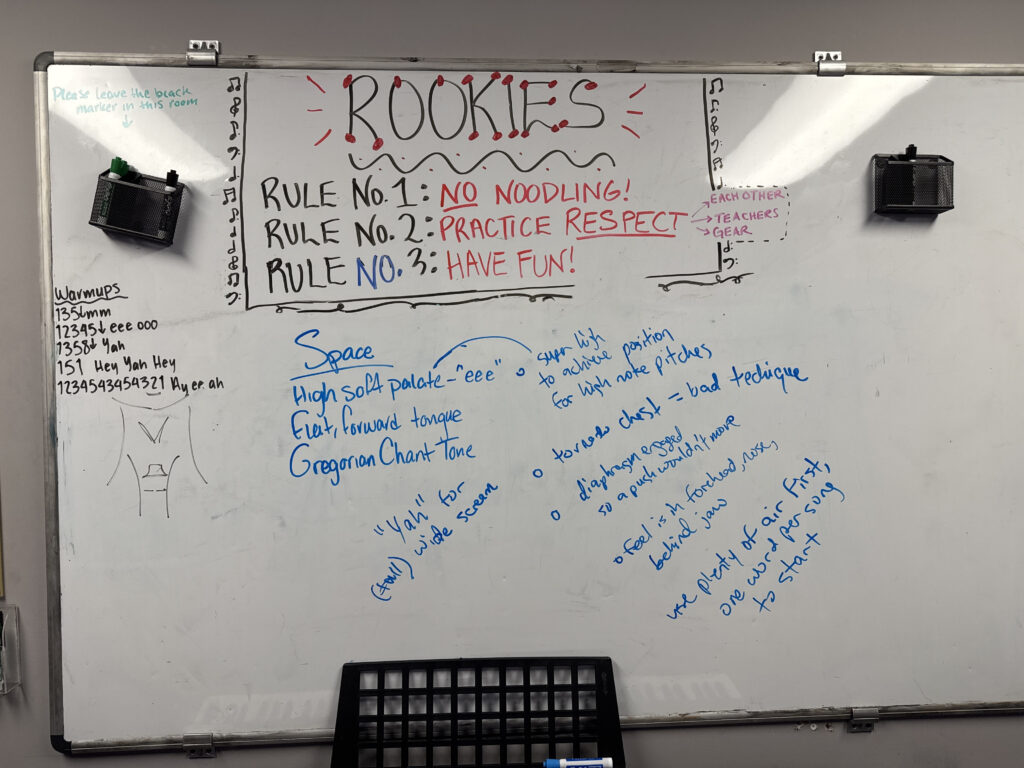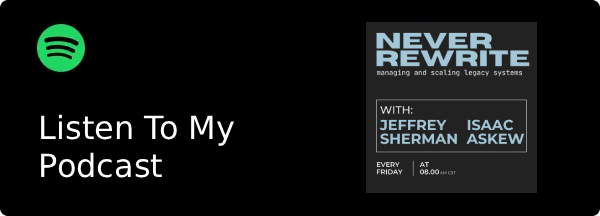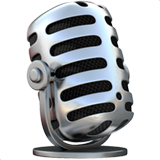I just got out of the second screaming lesson I’ve had and I got to ask a ton of questions regarding sensation. In the last lesson I’d been told to try the ‘sigh method’ to find the safe way to false chord scream without hurting your voice. It’s similar to this YouTube video:
This method didn’t work for me, and when I demonstrated it to the vocal trainer she mentioned I was sighing too low in the throat. You don’t get that kind of feedback watching YouTube videos. As you sigh you want to keep the sound sensations above your larynx. In the ‘cookie monster’ sound that damages your voice you’ll notice that doing a cookie monster voice will cause you to dramatically lift your larynx upwards and the sound sensation will feel at or below the larynx – this is the absolute WRONG sensation to feel, so keep that in mind as a way to correct technique.
Placing it above the larynx felt further from the sound I wanted but felt sustainable and didn’t hurt at all. Imagine sighing but with a wide grin on your face, and try to push the sound upwards so that you feel like vibrating either in the front of your face (might make your nose itchy) or right under your tongue towards the back of your mouth (you can press up your back jaw where it hinges and feel it there sometimes. This works for me at least.
Don’t expect it to sound like a fierce growl at first. It really just sounds like a phone on vibrate going off on a hardwood table at first, especially if you scrunch your face up and give it a witchy, nasally layer.
After you find that placement, attempt different vowels and different mouth shapes. Going ‘ooo’ with a rounded mouth and ‘yah’ with a very open/tall yawny shape and then playing around with the sensations there will give clues into how screamers are making the different sounds. Mouth shape is a huge part of the flavor of the scream.
Here’s the notes I got from the first session:
- False chord screams feel like a cough that’s getting a lot of mucus out. If you’re well hydrated, it will help lubricate your vocal chords and make the scream more comfortable. Liquid I.V, Gatorade, and Pedialyte are all great options for quick hydration. If you don’t have those, lots and lots of water will do.
- Diaphragm– activating the diaphragm (feels like you’re clenching your abs when singing/breathing) is extremely important in getting enough air through your false chords
- Practice big heavy sighs and work the diaphragm into adding pitch and power
- Tongue should be flat in front and slightly raised in the back
- Soft palate should be raised
- You should feel the scream behind your larynx area. It shouldn’t hurt, but you might feel slight discomfort from the amount of vibration in the false chords. If it hurts, take a break and sip some water and come back when your throat feels completely normal again. Start sparingly
- You should feel it resonating in your chest, not your throat. If you feel it resonating in your throat, you’re activating your true chords instead of false chords and you should be pushing more air out through your false chords. If you find yourself “stuck” in your true chords, this is a good time to go back to practicing the big heavy sigh so you can pinpoint the correct feeling (again, it should feel like you’re having a “wet cough”).
I was able to get a rudimentary false chord scream started after just that one lesson, but it did sound kind of flat. So today I asked about more sensations that help me understand if my placement is correct. After performing my scream in front of her, she mentioned my soft palette should be raised, the same positioning as a big yawn. If you pay attention to your body when you make the yawn shape you can feel yourself raising the soft palette and lowering your larynx when you make the yawn shape.
Separately, imaging singing for a second instead of screaming and sing ‘eeeee’ on a scale higher and higher. Now imagine your at the top of your head voice and hitting a very high ‘eeeee’. Take a snapshot of what your positioning is for that ‘eeeee’ and then mimic that when you attempt the false chord scream – that position will be very close to what it needs to be for a good false chord scream.
I tried another scream using this input and she said it sounded much better and closer to the sounds I’m looking for, so I’ll stick with that. I mentioned I was running out of breath and only getting one word at a time before needing to gasp for breath and she said that’s fine for now – don’t try to work on breath control and this at the same time, search for the sounds I want out of the false chords and over time the practice will help me with breath control.
Here’s a picture of some of the notes we took:

The writing in blue is what we worked on:
- High soft palate for the correct shape (and using ‘eeee’ as mentioned before from a clean singing perspective to understand the shape if I need to remember how to get there
- Super high larynx position needed to achieve this
- Diaphragm should be engaged enough so that somebody attempting to push you over couldn’t push you, but doesn’t need to be engaged as hard as you can
- Feel is in the forehead, nose, behind the jaw
- Flat, forward tongue for correct technique. Sometimes good to stick the tongue out a little bit at first to get the right sensations.
- ‘Gregorian Chant Tone’ was a comment on how the chants could be on the vowel ‘eeee’ but actually rounded mouth that you’d normally have for ‘oooo’ to get a different tone.
- Don’t worry about running out of air for now or you could get stuck in a loop and not make progress, instead focus on the sounds in the correct position.
- Use ‘yah’ and the tallest mouth position / highest soft palette position as an easy one to practice on.


